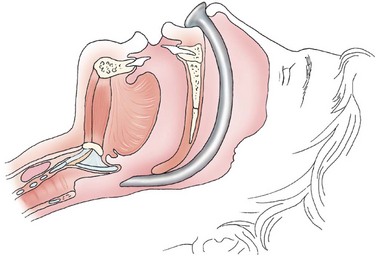E tank
Caution: Paralyzing Agent
- 1,661
- 1,522
- 113
Well yeah, that's all basic stuff in any trauma center or tertiary facility ED. Our ED has most of that stuff (minus the bronchoscopes). But on the medical / surgical floor in a rural 30-bed hospital…..not so much.
Well, with the advent of disposable bronchoscopes (Ambu...they suck, but for gross anatomy identification and tube placement, they're a C+) bronchoscopes are in everyone's wheel house now...you ought to look into them. Not anywhere near actual fiber optic scopes (a processed image, not an actual view/picture) but, like cold pizza, better than no pizza.

